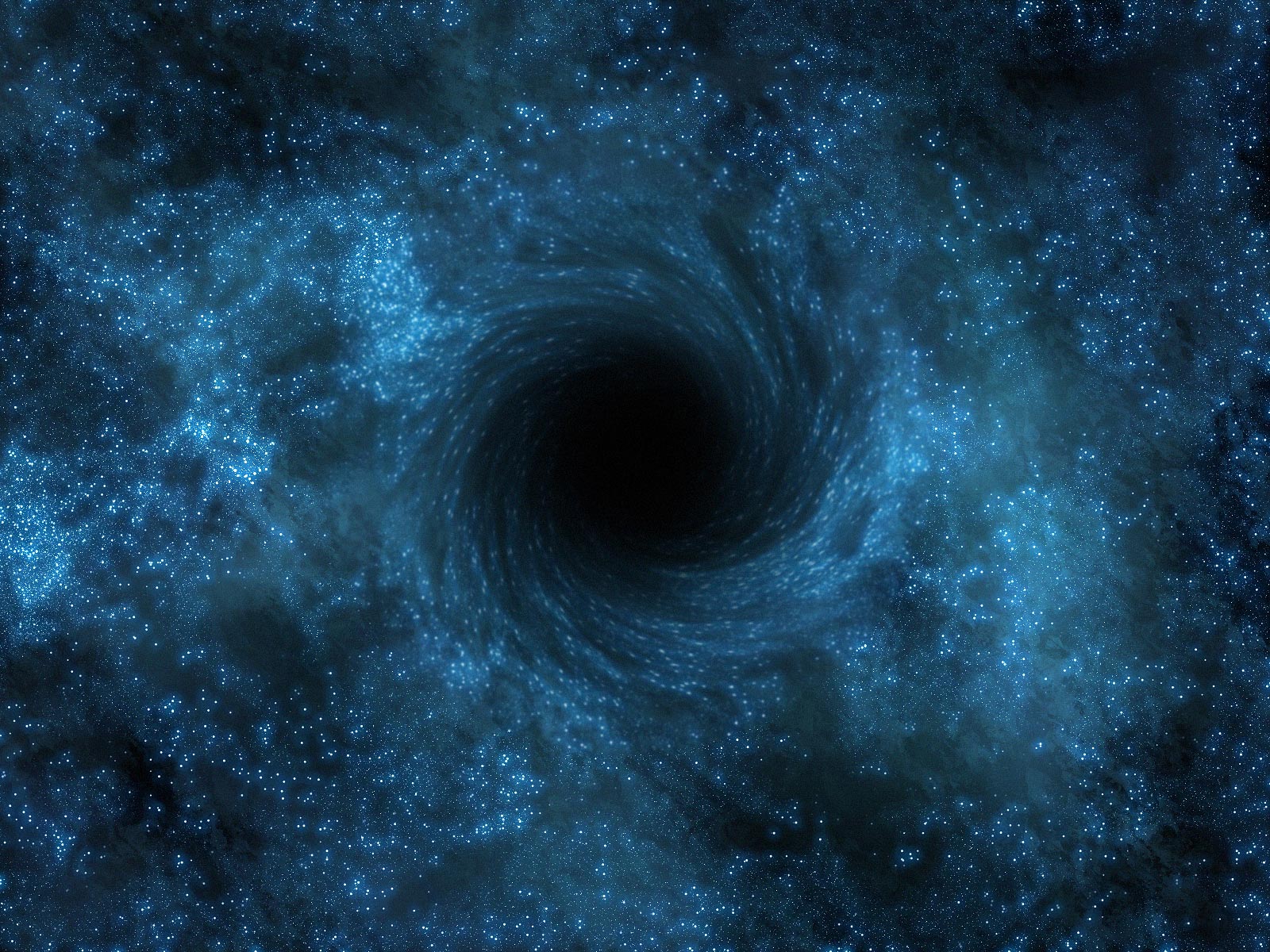
Massive black hole in unexpected location has scientists re-thinking origins.
Astronomers have found one of the largest black holes ever discovered at the center of a galaxy, named NGC 1600, and they suspect it may have grown so large by devouring the black holes and stars of its neighboring galaxies, according to a report on space.com.
Scientists estimate the mass of this new discovery to be 17 billion time the mass of our sun, only slightly smaller than the largest previously recorded black hole, which is estimated at 21 times the mass of the sun.
The finding was surprising to astronomers because monster-sized black holes such as this one are typically found in dense clusters of galaxies, but this one is located in an average-sized galaxy, 200 million light years from Earth, in the constellation Eridanus. This development may cause scientists to reconsider their ideas about massive black holes and their origins.
The black hole in the NGC 1600 galaxy takes up about two percent of its galaxy’s total mass, an estimated 10 times more than what would be expected. Smaller black holes form when massive stars collapse, and the gigantic holes occur when the smaller holes collide with other smaller holes and other galaxies, drawing in a lot of dust and debris.
This usually leads to a large galaxy cluster around the large black holes that have merged, but the one in MGC 1600 is located in an area that is less crowded than would be expected. Study co-author Chung-Pei Ma, an astronomer at the University of California, Berkeley, said the explanation could be because the black hole “had eaten up its friends.” Ma adds, “It gobbled up its friends, and during the process it acquired their black holes — maybe it got to be so big at the expense of its friends.”
The discovery has scientists wondering if there are other gigantic black holes in less dense galaxies out there, or if this one is an anomaly. Ma, head of the MASSIVE Survey, a multitelescope effort that began in 2014 to identify and catalogue the most massive nearby galaxies and black holes, said that was “the puzzling part, or the intriguing part, of the result. There may be more NGC 1600s out there lurking at more ordinary sites, like small towns in the U.S. rather than Manhattan.”

Leave a Reply